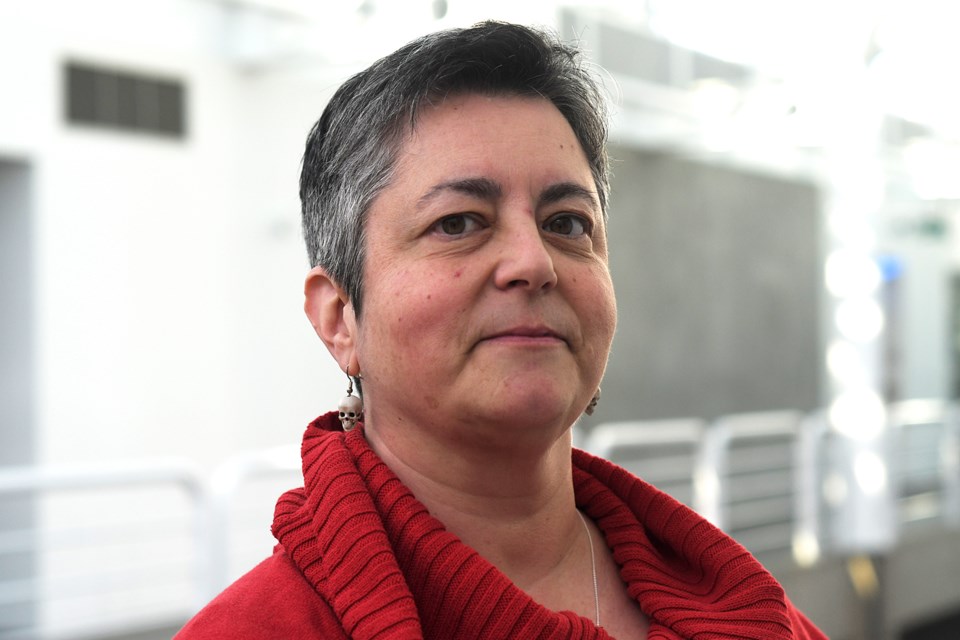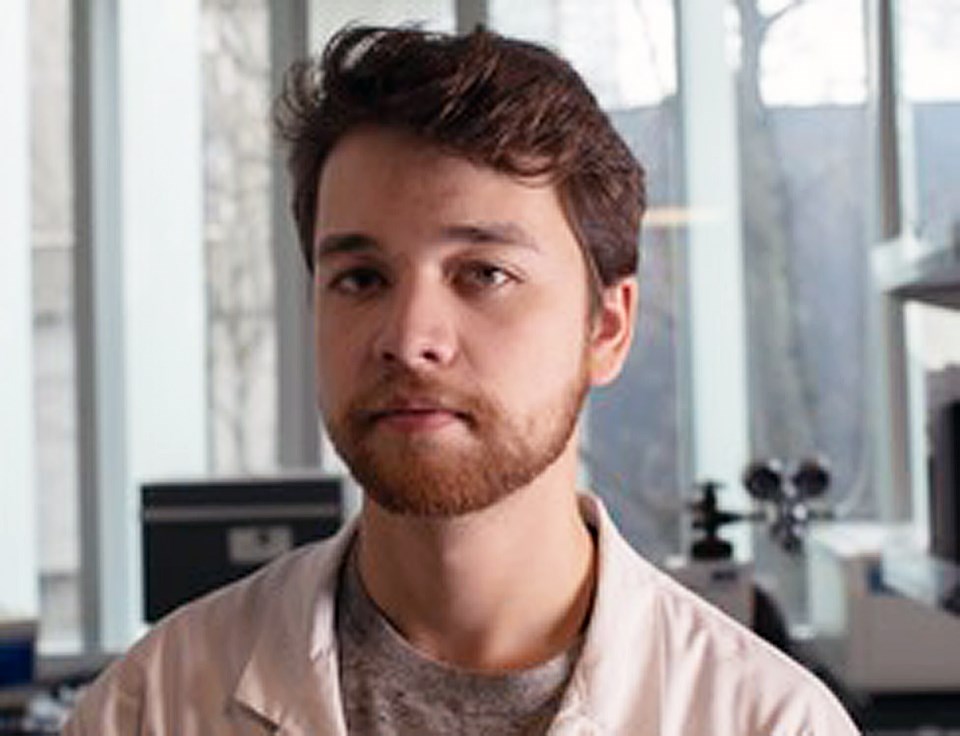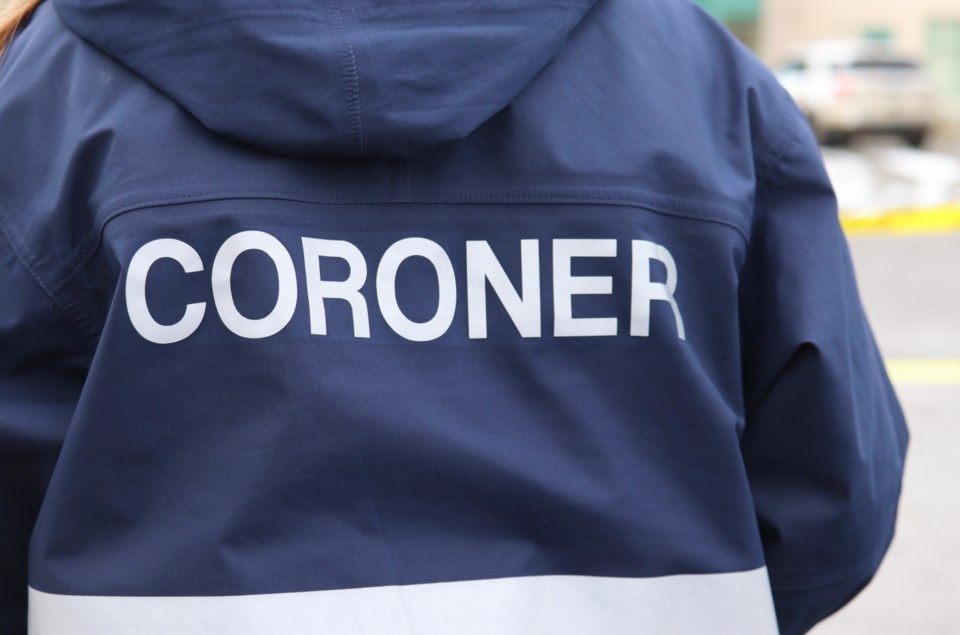When an atmospheric river hit B.C. in November 2021, reports of mudslides, washed out bridges and flooded homes dominated the headlines.
What most people outside of the BC Coroners Service didn't know is that the rain also dislodged human bones that had lain hidden near different waterways in B.C.'s Interior, triggering a flurry of death investigations.
All turned out to be "archeological," the remains of Indigenous ancestors, dating back from before Europeans began streaming into the province in the mid-1800s.
But Laura Yazedjian, a coroner and identification specialist with the Burnaby-headquartered BC Coroners Service, knows better than to think she can tell how old a bone is just by looking – and she's seen a lot of bones.
'Dramatically different' diets
Yazedjian is the woman in charge of the province's 180 current cases of unidentified human remains, found between 1962 and early 2024, and mostly held at the coroner service's Coquitlam storage facility.
One of the first challenges when someone finds unidentified human remains, she says, is to figure out whether they are new enough to need investigating or old enough to need returning to their communities to be laid to rest.

An SFU study published late last year sheds light on one method that has significantly sped up that process – and it all has to do with diet.
By analyzing carbon and nitrogen isotopes in the bone collagen of unidentified remains, scientists can determine whether the owners of those bones relied on a diet of "terrestrial" protein, such as beef and chicken, or "marine" protein, such as seal, sea lion and salmon.
"The ratio of heavy to light isotopes of carbon and nitrogen indicates what kind of protein we regularly ate during our lives," said Damon Tarrant, the SFU PhD student who authored the paper.
The distinction is important because ancient Indigenous diets in B.C.'s coastal areas before the influx of Europeans in the mid-1800s were marine, whereas the average modern diet is terrestrial.
For Indigenous ancestors who had marine diets, Yazedjian said the isotopic testing results are "dramatically different."
"It's two separate groupings of individuals," she said. "And even if you have someone today, like a modern person, who eats a predominantly seafood diet, you're still not going to have those results."
The difference between Indigenous ancestors from B.C.'s Interior who ate terrestrial diets is also different from people today, but not different enough to rule them out as being modern.

Tarrant said SFU's isotopic method is 93 per cent accurate in determining whether cases are archeological or not.
The remaining seven per cent are archeological cases that are identified as potentially modern – never modern cases identified as archeological, according to Tarrant.
"The model, and our interpretation for the coroners service, always errs on the side of caution," he said. "Cases that even appear potentially modern are sent for further testing. We prefer that all modern cases are identified, even if that means some archeological are sent for further testing."
For the study, the findings of the isotopic testing were verified through radiocarbon dating.
But radiocarbon dating is expensive and time consuming.
Samples have to be sent away to Ontario and results take between six to eight months, while isotopic testing takes just a couple of months, according to Yazedjian.
Longstanding collaboration
The coroner service's use of isotopic analysis is not new; SFU's testing has helped the service sort ancient bones from modern ones for more than a decade.
Stephen Fonseca, a co-author on Tarrant's paper, was a BC coroner back then, and he approached Dr. Michael Richards, a world leading expert on isotope analysis now at SFU, to see if the method might be useful for cases of unidentified remains found in the province.
"Early results were positive, and (Richards) has continued to consult on cases for the BCCS since," Tarrant said.
The 48 skeletal remains at the centre of Tarrant's paper were tested over a period of more than 10 years.
"We waited for a large enough sample for the study to be written up," he said.
It was the atmospheric river that ultimately helped push the sample size over the threshold.
Along with five new cases of unidentified skeletal remains found by B.C. streams after the catastrophic weather event, Yazedjian said the coroner service decided to submit 20 older cases to SFU for testing in 2022 as well.
"We were submitting a whole bunch, so it just kind of made sense to go through all the cases that hadn't been submitted up to that point and make sure we had results for them," Yazedjian said.
The five new cases all turned out to be ancient, according to Yazedjian, but six of the other cases ended up being modern.
'That's why I do this job'
Having a faster method of telling the two apart is an advantage "on both sides," according to Yazedjian.
"On the side where we confirm it's archeological, then we're able to return the remains of these ancestors to their communities, and that's really important to the First Nations communities," she said.
And, while those bones can then be laid to rest, the coroner service can dedicate more time and resources to solve the modern cases and bring closure to friends and families who have lost loved ones.
"That's why I do this job."
Follow Cornelia Naylor on X/Twitter @CorNaylor
Email [email protected]



